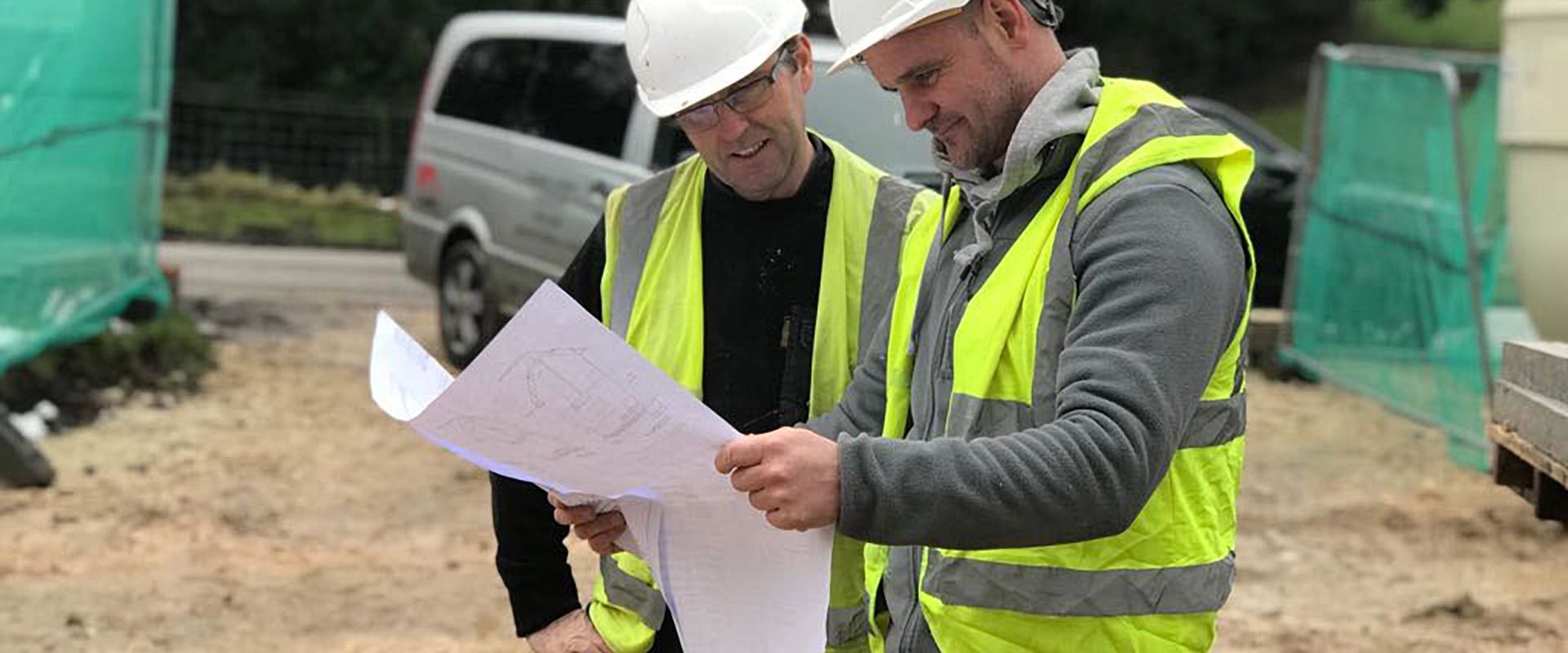Navigating your way through the various stages of the project process can feel like a puzzle. We try to introduce each stage to our clients with plenty of explanation, but the Tender Stage is definitely one that’s complex. In this blog, we’re going to explain what the tender process is, when and how to do it.
What is tender
Tender is the process of choosing a builder to work with you on the project. It is, understandably, a big decision to make and one that we guide our clients through.
The aim of going out to tender is to ensure our clients find the most suitable builder, at a competitive price, for their project.
When working on a project, we are normally involved in advising clients when to issue a tender, which tender process to follow and ultimately, which builder to work with.
To find the most suitable builder for the job, a tender package is issued. This contains all of the relevant technical information for the builder to quote for the job.
It’s important to review each quote thoroughly. Look out for any mistakes or prices that seem too good to be true.
When to start the tender process
There isn’t a one size fits all approach to the tender process. A tender can be issued at several different stages of a project, and there are positives and negatives for every stage.
Deciding when to tender is influenced by the clients’ priorities and the risks attached. For example, if we know that the budget is the biggest risk to a client, then we would recommend issuing the tender during the early stages of the project. This means that they would have a good indication of the likely construction costs to know whether their project is achievable or not before going through the planning process.

Some examples of when a tender can be issued
Issuing a tender at Stage 2 – Design Concept & Preparation / Stage 3 – Planning
If budget is a particular concern for the client, a tender would be issued to check if the project is affordable before submitting for planning.
Issuing a tender at Stage 3 – Planning
At this point in the project we have produced the planning drawings and they have been submitted to the local authority for permission. As there is an eight-week wait for the decision, we will sometimes issue the tender during this period. The client might decide this is the best time if they have a specific deadline and/or want construction to start as soon as possible.
Issuing a tender during Stage 4 – Technical Design
The technical design stage is where we begin to produce construction drawings and information. By the end of this stage, there will be a complete package of information for the project to begin construction. The earlier we issue the tender during this stage, the more input from the builder and opportunity to change the design to suit the budget. The later we do it the more accurate the price will be but the less opportunity there is to change the design to suit the budget.
How to tender
There are two routes to choose from:
Competitive tender
- The tender package is sent to a selection of builders
- The client would have chosen the builders, and a minimum of three are usually contacted
- Each builder decides whether to quote or not
- The submitted quotes are then compared against one another
- It’s important to know whether you’re comparing quotes for a like-for-like service
- Consider whether the cheapest option will give you the best value
Collaborative tender
- After looking through a shortlist, the client chooses one builder that they’d like to develop a working relationship with
- A meeting normally takes place between the client and builder
- If everything goes well, the tender package is sent to the builder
- This approach enables the collaborative process between client and builder earlier on than the competitive tender route
- As the chosen builder is on board sooner, their skills and expertise can be utilised to finalise the construction information
- The builder will have spent more time working on the project, which can save time when the building starts
For more advice on working with a builder, visit our Construction page.
